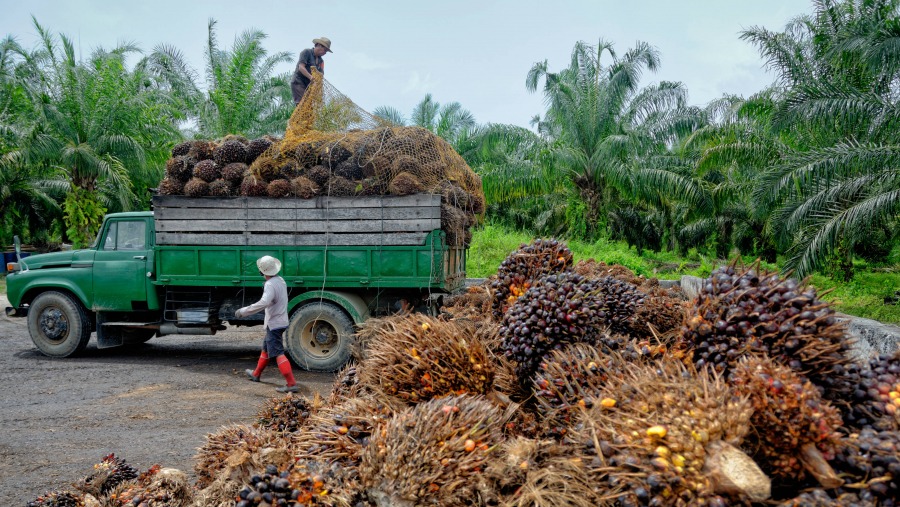- Junta unable to hold elections in dozens of wards and village-tracts in Sittwe, Kyaukphyu
- Fighting escalates between Myanmar military, Arakan Army in Ayeyarwady Region
- Regime steps up civilian arrests in Sittwe
- ULA safeguards Mrauk-U's ancient heritage
- Arakan on the Edge: What the DMG Landmine Impact Report Reveals About Myanmar's Deepening Humanitarian Crisis
Conflict in Tanintharyi Region leaves oil palm farmers facing labour shortage
With Tanintharyi Region plagued by fighting between junta troops and anti-regime forces, there is a shortage of workers to pick oil palm fruit, leading some oil palm farmers to abandon their plantations and affecting the local economy.
08 Dec 2022

DMG Newsroom
8 December, Dawei, Tanintharyi Region
With Tanintharyi Region plagued by fighting between junta troops and anti-regime forces, there is a shortage of workers to pick oil palm fruit, leading some oil palm farmers to abandon their plantations and affecting the local economy.
Tanintharyi Region residents are unable to harvest oil palm fruit due to clashes between the military and allied anti-regime forces headed by the Karen National Defence Organisation (KNDO). The military’s arrests of civilians and its shelling of residential areas has exacerbated the problem.
“Residents in some villages have fled to safer locations due to the military’s mortar shells, causing shortages of workers,” said an oil palm plantation owner in Tanintharyi Township. “There were more than 30 workers on my oil palm plantations in the past. We are now unable to go to palm plantations due to ongoing fighting, and workers also fled to safer locations in fear.”
He added: “Now is the oil palm harvesting season, but we’ve abandoned our palm plantations as we cannot hire workers. So far, there are more than 50,000 acres of palm plantations that cannot be harvested in time.”
An estimated 224,000 tonnes of palm oil to be exported may be lost due to the instability in Tanintharyi Region, according to oil palm farmers.
“In addition to the labour shortage caused by the fighting, hiring workers from other regions also costs more,” said a palm oil farmer in Kawthaung Township. “We have to harvest palm fruits with the workers here, but when the junta troops arrive, the workers are afraid and flee to safer locations. Tens of thousands of tonnes of palm oil were lost due to fighting and the military’s raids.”
The palm oil industry has had a foothold in Tanintharyi Region, Myanmar’s southernmost territory, since 1990.
“Over 400,000 acres of palm plantations have been planted in Tanintharyi Region for more than 30 years. Oil palm farming is the main industry, earning millions of dollars in foreign income per year,” said an economic researcher.
Palm oil from Tanintharyi Region is primarily exported to Thailand and China, and some 50 local and foreign companies have invested in oil palm cultivation in the region, according to Myanmar’s Directorate of Investment and Company Administration.

















